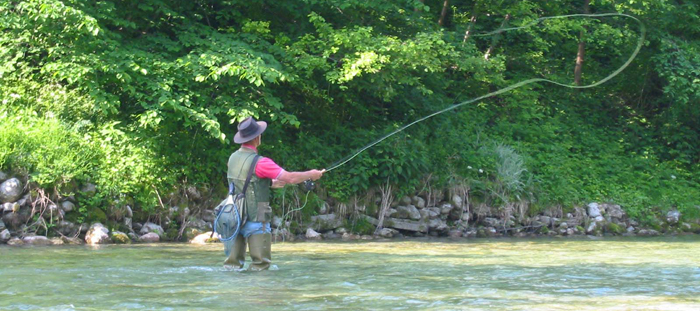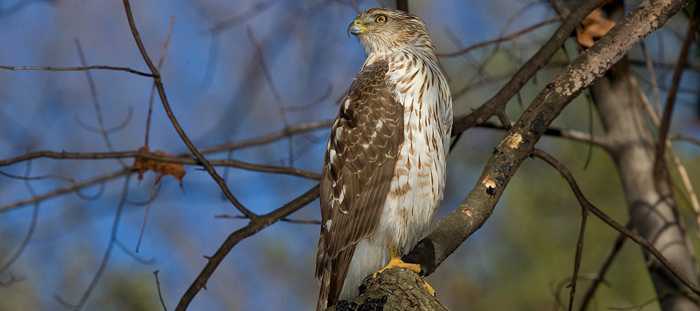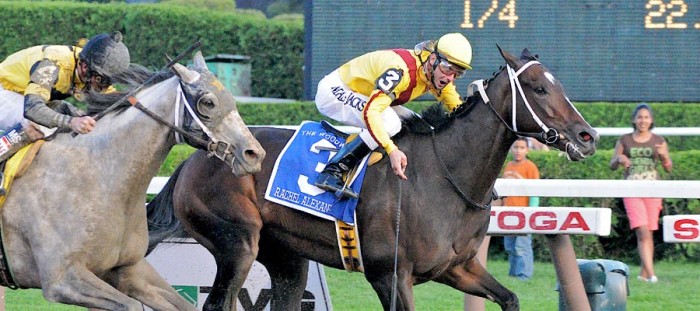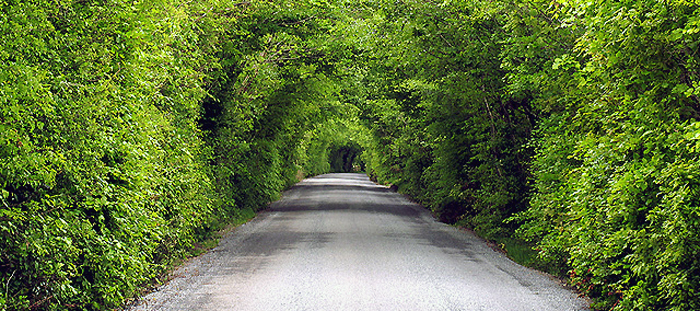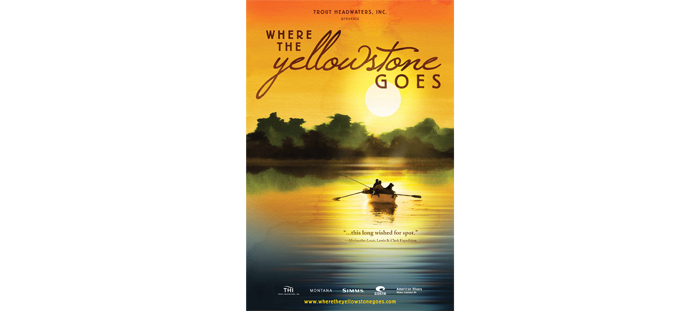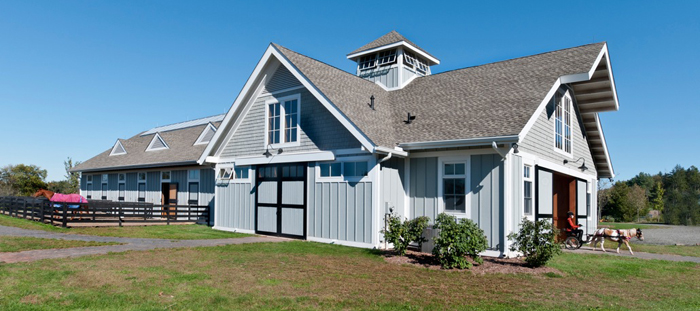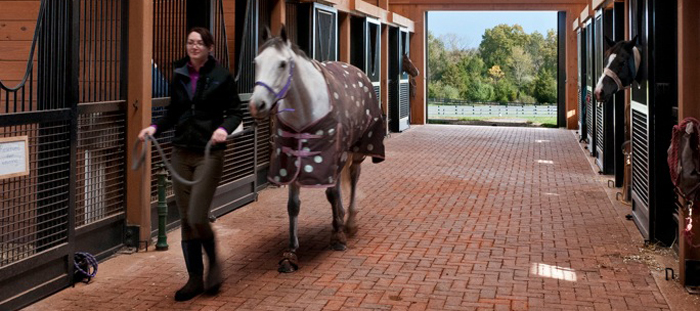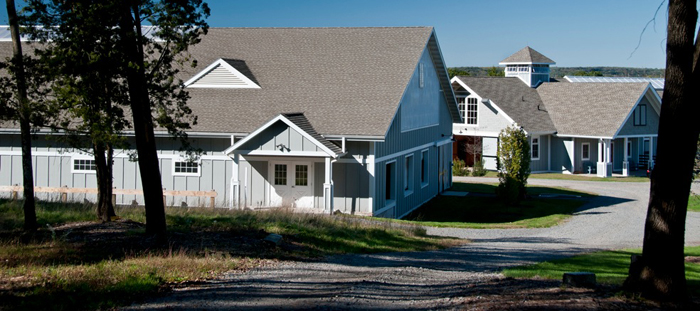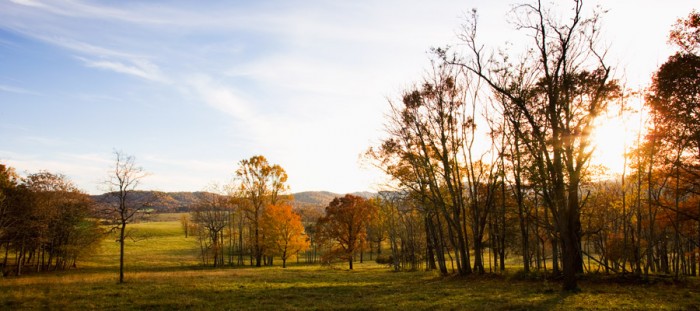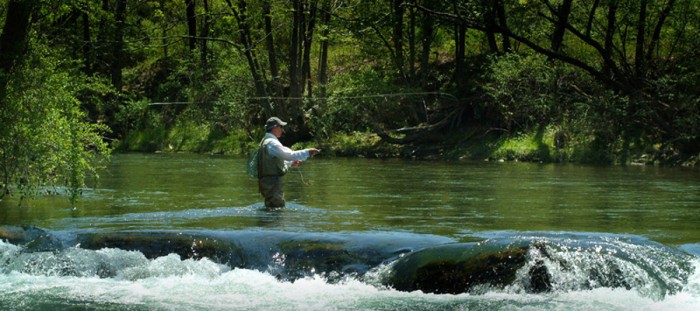It’s one thing when someone from the EPA encourages you to be environmentally friendly. It’s a whole other thing when Richard Branson (think: Virgin Group) endorses such practices.
In a recent interview with an affiliate of the Wall Street Journal, Branson offered full-throated support for business practices that take into account the impact one’s actions may have on the surrounding environment. Not only will such mindsets be good for the environment, they are also simply good business. As Branson put it, “Consumers are becoming increasingly frustrated with corporations that are only out for themselves, rather than helping their communities and the planet. Our group and other companies are going to need to know the answers to such questions [about biodiversity and ecosystem services]”
Landowners often find themselves in the same boat. When presented with the innumerable opportunities for altering one’s property, it can be tempting to make drastic changes that might have unpredictable consequences. In order to address those concerns, the best option is to take a thoughtful approach aimed at ensuring the sustainability of the land and any programming well into the future. Indeed, landowners have a unique opportunity to enhance their holdings in such a way that it meets their needs while also remaining economically viable, whether through the collection of user fees, governmental support, or other sources of revenue.
To see how we can help you identify and mobilize such opportunities, check out our Work page and learn how we’ve helped other landowners fulfill their own visions!
Shakespeare once wrote, “One touch of nature makes the whole world kin.” And in this era in which jobs and the economy dominate the conversation, it’s important to remember the connection that nature fosters not only between us and our surroundings but also with one another.
But even when one focuses on the dollars and cents, wildlife-related recreational activities play a significant role in our economy as well as our daily lives. In fact, according to a 2011 survey conducted by the Department of U.S. Fish and Wildlife Services, 90.1 million U.S. residents 16+ years of age (that’s 38 percent) participated in these recreational activities. Not only that, these recreationists spent over $145 billion on equipment, trips, and other related expenditures. There are some great findings from the FWS’s survey, which you can find in this infographic on the impact of widlife-related activities.
Further, at a time when private landowners and organizations can choose from an array of public and private sources of funding for such outdoors activities, opportunities abound for protecting the lands and ecosystems that enable us to connect with nature. To learn more, check out our past articles on Investing in Your Legacy.
Photo credit: William H. Majoros
The famed sportswriter Red Smith once gave his readers directions from New York City to Saratoga Springs. It was simple, he wrote. Just “drive north for about 175 miles, turn left on Union Avenue and go back 100 years.”
Indeed, the timbered trusses and slate roof pre-date the modern concrete, steel, and glass structures so common today. Turning 150 years old this year, visiting Saratoga is truly to take a step back in time. Most of the other stadiums built in that era long ago succumbed to fires and wrecking balls. When New York racing authorities began updating and rebuilding stadiums around the state in the 1950s and 60s, writer Joe Palmer warned them to leave Saratoga alone, saying, “Any man who would change it would stir champagne.”
As Carter Wilkie of The New York Times writes in his piece, “At Saratoga, a Step Back in Time,” “Saratoga’s mystique sets it apart from modernized racetracks that have lost their soul — and their crowds.” Known as the “graveyard of champions,” Saratoga played host to the legendary Man O’ War’s only loss in 21 career starts to a horse named Upset. And after winning the Triple Crown in 1973, Secretariat lost the Whitney Stakes here by a length.
This year, the New York Racing Association announced plans for a series of renovations at Saratoga. While some of the renovations will be geared toward restoring original features of the track, others may focus on expanding luxury suites. Fans worry that the latter may generate additional revenues but at the expense of Saratoga’s charm. For now, though, visitors can experience Saratoga as it has been for 150 years. Only after visiting will you understand why Joe Palmer wrote, “For the casual racegoer, Saratoga is about the only place in the East where he can see racing. Elsewhere he merely sees races, which isn’t the same thing at all.”
Every once in a while, you come across someone that you can admire unwaveringly. For us here at Field Sport Concepts, one particular trait common in all of those we admire: they use what they have to make the world a better place.
Few people better exemplify this strength of character than the late Paul McIlhenny who died last Saturday at the age of 68. As we wrote in our previous post on “Sky Game,”a film about McIlhenny’s commitment to protecting habitat for migratory birds, he had an inexhaustible devotion to improving the world around himself. Indeed, under McIlhenny’s stewardship, Avery Island (the home of Tabasco) became a sanctuary for Lousiana’s native fauna as well as a testing grounds for new conservation practices. And after Hurricane Katrina, he worked tirelessly to help New Orleans recover and thrive. As Garden & Gun Magazine recently wrote, “the impact of his devotion to the land, culture, and people he loved will be felt for generations.”
To read more about the McIlhenny family’s conservation work, check out Garden & Gun’s article, “The Spice Island.”
The photo above was generously contributed by photographer Eric Kiel. View more of his work at http://kielphoto.com/
It was a chilly spring morning. The fog was still hanging low as the gobbler strutted up, wearing his typical coat of all black. Seeing the hen and the jake decoys in his path, the gobbler approached the jake, evidently to make clear that this was his territory. Suddenly, though, the gobbler broke from the usual script and things quickly took a turn for the worse…
If you’re as hooked as we were, then we’re sure you’ll want to read the rest of this story. You can find it in the most recent edition of The Contemporary Wingshooter, published by our friend, Jim Stenson. Luckily, though, you’ll be pleased to know that the “turn for the worse” actually turns out to be quite funny! The only thing we’ll say is the hunter, who is also the author of the story, ends up saving the jake from “a fate worse than death.”
Everyone who grew up in the country (and many who did not) know the joy of taking a walk and admiring the trees that one might come across. It’s hard to downplay the excitement of finding the first few buds after a long winter. And who can deny the beauty of looking out over a ridge and taking in the fall foliage at peak color?
Sometimes, though, you come across some trees that simply transcend belief. Whether because of their size, the complexity of their trunk(s) and branches, or their sheer age, there are just some trees that are seared into your memory. Today, we’ve got ten photos of just such trees. Taken from all over the world, these photos are truly spectacular. Check them out here, and then let us know which ones are your favorites!
Back in December, we published a post on a spectacular documentary called “Where the Yellowstone Goes.” At the time, the film was traveling the country, packing theaters to capacity. Having been sponsored by our affiliate, Trout Headwaters, it was clear that this film would serve as an important resource for highlighting the beauty as well as the challenges facing the Yellowstone. In fact, the film had such a profound impact that it received this glowing overview in the Fall 2012 edition of The Land Report (see page 17).
Well, we at Field Sport Concepts are happy to let you know that you can now get your own copy of “Where the Yellowstone Goes” from the iTunes store and Amazon.
If you saw the documentary in theaters, let us know where you saw it! Whether you saw it before or are just buying it now, drop us a note to let us know what your favorite parts were.
This post comes from our affiliate, John Blackburn of Blackburn Architects:
One of the more enjoyable parts of my work designing horse farms, beyond the satisfaction of seeing it built and come to life, is the excitement expressed and seen in the faces of a satisfied client. That is often demonstrated in how they use the barn and the farm and that is certainly the case at Great Road Farm. On September 29th, I attended “The Agricola Barn Dinner at Great Road Farm”, located on the outskirts of Princeton, NJ. What a “tasteful” event it was.
Great Road Farm is the home of Jim and Ann Nawn and their four sons. Not only is it their home but a farm where they both have been able to combine their passion for horses and farming with their profession. Ann, who is an equestrian and a licensed social worker, has developed a therapeutic riding facility on the farm. Jim, a former owner and operator of 37 Panera Bread franchises, sold his successful business, went back to school at the Institute of Culinary Education and after addition training in the kitchen of Veritas in NYC became a farmer and will open Agricola Eatery (www.agricolaeatery.com) in Princeton in January 1013.
The party was an introduction of his new restaurant concept to a large group of family, friends and invited guests (such as the likes of their equestrian architect). Dinner prepared by Agricola executive chef Josh Thomsen with food grown on the farm by farm manager, Steve Tomlinson, and served in the agricultural barn was fantastic. Most of the natural ingredients were grown locally and on the farm. It was a perfect Fall evening and we were all treated to the fruits of a very successful harvest and what promises to be a unique and exciting new restaurant to be located in “downtown” Princeton (the site of the former Lahiere’s restaurant that occupied that location for generations.)
Blackburn Architects developed the overall master plan for the farm, designed a 12 stall barn and enclosed riding arena for Ann’s horses that was completed in 2011. The arena was designed to serve as a riding arena for Ann and friends to enjoy but also to serve as a therapeutic riding and teaching facility for her work.
The farm appears to be serving both Jim’s and Ann’s needs well, and, as the architect for the farm, that brings me a great satisfaction and a sense of accomplishment. One of the reasons I have pursued my career.
If you find yourself in or near Princeton, anytime after January 2013 (check their web site for exact opening date), do yourself a culinary favor and stop in at Agricola Eatery.
Last month, Virginia’s Governor Bob McDonnell announced that the Virginia Outdoors Foundation (VOF) protected 26,375 acres of open space in 2012. With 127 conservation easements, the VOF protected Virginia’s open space at a rate of over 3 acres per hour!
“It’s a win-win when private landowners partner to conserve open space, working farms and forests,” said Doug Domenech, Virginia’s Secretary of Natural Resources. “We all benefit from enjoying Virginia’s natural beauty. It’s good for the environment as well.” To date, the VOF has protected 675,000 acres–more than 1,000 square miles–in 107 localities across the commonwealth.
By placing your land under conservation easement, you not only benefit from a number of generous annual tax breaks, you also ensure that you and future generations will be able to continue enjoying the land long into the future.
Does your state have an aggressive plan to conserve open space? We would love to hear about efforts near you to implement these programs and protect critical lands.
Sporting enthusiasts have long been regarded as leaders in the conservation movement. After all, it’s hard not to develop a genuine connection with one’s surroundings after spending hours in a marsh blind or wading through a trout stream.
In recognition of these contributions to conservation efforts, the National Sporting Library Museum’s (NSLM) current exhibition is titled, “Intersection: Field Sports and the Evolution of Conservation.” Showcasing the NSLM’s literary collection, the exhibition features books about early gamekeeping and poaching laws, the emergence of the hunter-naturalist, and the development of early conservation laws by sportsmen. The collection also includes paintings, sculptures, and prints that serve to enrich the exhibit.
We at Field Sport Concepts were particularly excited to learn about this exhibit because we have long positioned ourselves within this intersection. Indeed, we are firm believers that the most effective conservation practices are those that encourage users to develop a deeper connection with the land and their surroundings. In fact, for those who have visited our new website, you will have noticed that our Mission Statement includes the following, “We actively advocate the introduction of outdoor activities and recreational pursuits as a means of sustaining rural traditions while promoting a land stewardship ethic and creating economic value.”
To learn more about the many ways in which our work exemplifies our commitment to this mission, we encourage you to take a look at some of our projects, like Devine Ranch, Jackson River preservation community, Little Mountain Ranch, and Terra Chula plantation.

